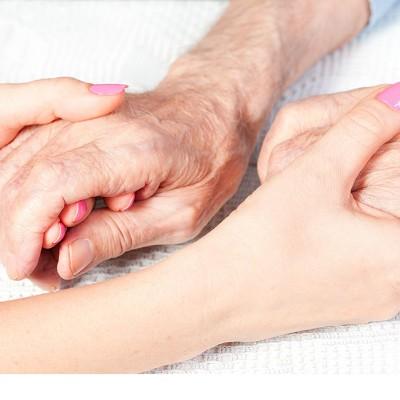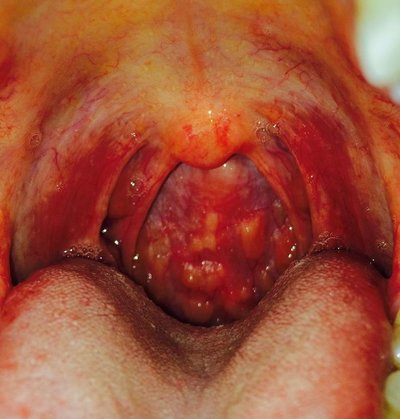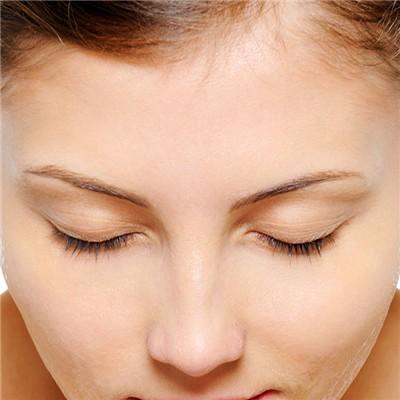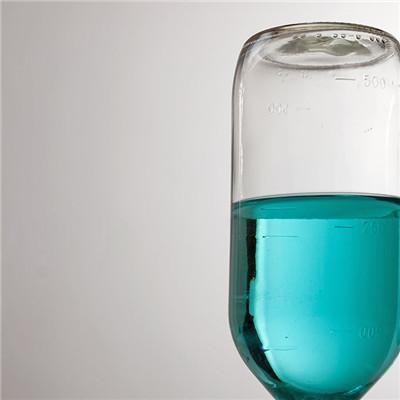Symptoms of seborrheic dermatitis
summary
Seborrheic dermatitis, also known as seborrheic eczema, is a kind of chronic papular squamous inflammatory skin disease that occurs in the rich parts of sebaceous glands. The disease is more common in adults and newborns, especially in the head, face, trunk and other areas with rich sebaceous glands. The symptom of seborrheic dermatitis? Let's talk about it
Symptoms of seborrheic dermatitis
The lesions mainly appeared in scalp, eyebrow arch, nasolabial sulcus, cheek, behind ear, upper chest, interscapular area, periumbilical area, vulva and groin. In the early stage, it showed inflammatory papules around the hair follicle, and then with the development of the disease, it showed clear boundary and yellowish dark red patches,
It is covered with greasy scales or crusts. Conscious mild pruritus. The lesions in the trunk are usually circular. Skin lesions start from the scalp, and gradually spread down. In severe cases, they can spread all over the body and develop into erythroderma.
Infantile seborrheic dermatitis often occurs 2-10 weeks after birth. The scalp is covered with greasy yellowish brown scales and the base is flushed. Eyebrow arch, nasolabial sulcus and behind ear may also be involved, showing greasy small scaly red patches. It is usually relieved and cured within 3 weeks to 2 months. The possibility of atopic dermatitis should be considered in patients with persistent refractory.
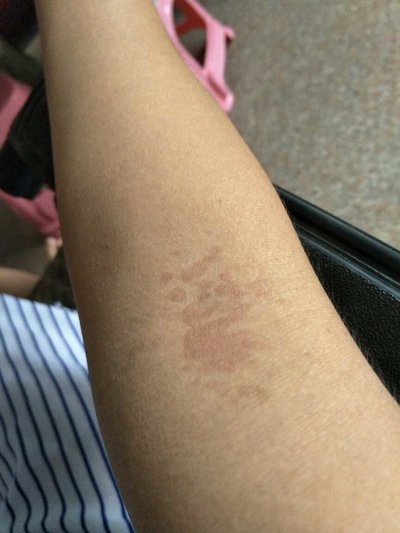
matters needing attention
Regular life, adequate sleep, adjust diet, eat more vegetables, limit fatty and polysaccharide diet, avoid drinking and spicy food, avoid excessive mental stress. Infantile seborrheic dermatitis usually has a tendency of self-healing, while adult seborrheic dermatitis is often a chronic recurrent process, which usually needs long-term repeated treatment.

